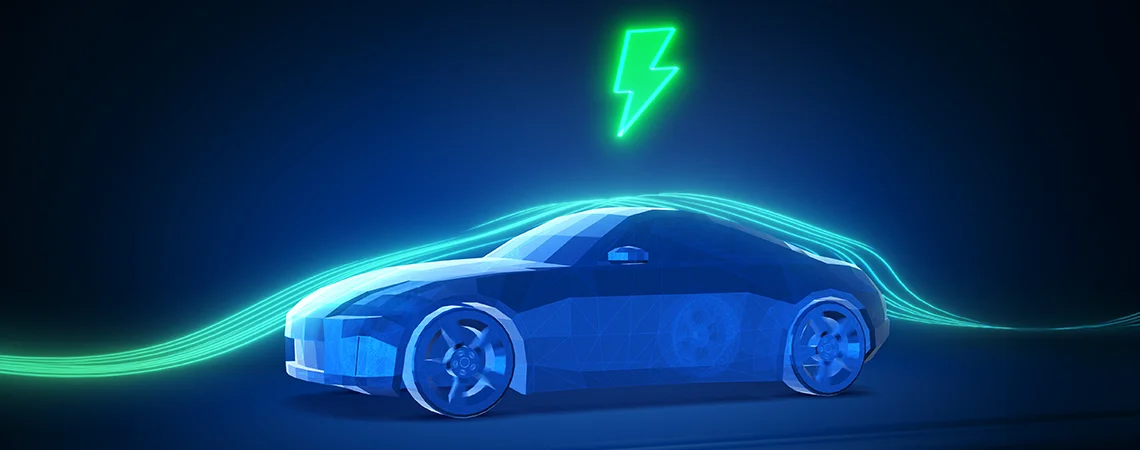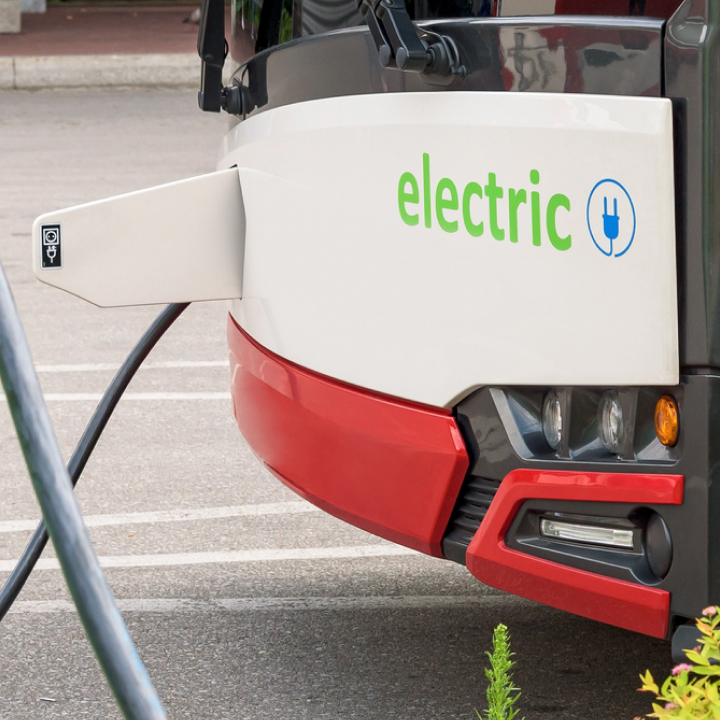In the world of electric cars, the challenge of range is always in focus. How far can you go on a single charge? This question is crucial for anyone considering an electric car. The answer depends not only on battery capacity, but on a combination of technological and design factors. Here is a journey through the innovations that are changing the electric mobility landscape, making it increasingly easy to travel long distances.
Aerodynamics: cutting air to increase range
One of the most fascinating aspects of electric car efficiency is aerodynamics. Cars designed to minimize air resistance can travel more miles on a full tank of energy because they won’t have to waste too much of it to make room in the mass of air they will have to traverse. Imagine an arrow cutting through the air unimpeded-this is the effect designers are trying to achieve. Modern electric cars often have sleek shapes and smooth surfaces to minimize drag.
Attention to aerodynamics also reaches to consider the rims, whose shape is not only driven by aesthetics but also affects the vehicle’s aerodynamic efficiency. An aerodynamic rim design can reduce air resistance by minimizing turbulence around the wheels while driving.
This attention to detail may seem subtle, but it significantly affects driving distance.
Tires: quality makes a difference
Tires also play a key role in the range of electric cars. Newer models are designed with special compounds and a design that reduces rolling resistance. This translates into less energy consumed to maintain speed. In practice, low rolling resistance tires can greatly improve the energy efficiency of the vehicle. Thus, it is not only the engine and battery that make a difference, but also the type of tires chosen and their constant maintenance.
Batteries: more capacity, more range
The battery is the heart of electric cars and, of course, its capacity is crucial in determining range. The chemistry and technology that manages the battery are constantly evolving, with significant advances in energy density and number of cycles.In addition, innovations in cell design and thermal management are helping to extend the life of electric car batteries and, consequently, the overall range of the vehicle. In short, a high-quality battery is critical to getting the most mileage out of your vehicle.
External factors: climate and driving style
Finally, it is important to consider how external factors affect the range of electric cars. Outdoor temperature, for example, can greatly affect battery performance. You make it necessary to air condition the battery and thus affect the vehicle’s range. In addition, it should be remembered that lithium-ion batteries have an optimal thermal operating range, below which there is less smoothness in the movement of the charge and therefore lower efficiency.
Driving style also plays a significant role. Hard acceleration and high speeds can decrease range, while smoother and more moderate driving helps save energy. Therefore, adopting an environmentally friendly driving style is not only good for the environment, but also helps maximize the distance that can be driven on each charge.
In conclusion, the range of electric cars is the result of a combination of aerodynamics, high-quality tires, advanced batteries, and considerations of external factors. Continued evolution in these areas promises to further improve the distance that can be traveled on a single charge, making electric cars increasingly competitive and practical for everyday use. A process of innovation destined to make the electric driving experience even more exciting and accessible.




